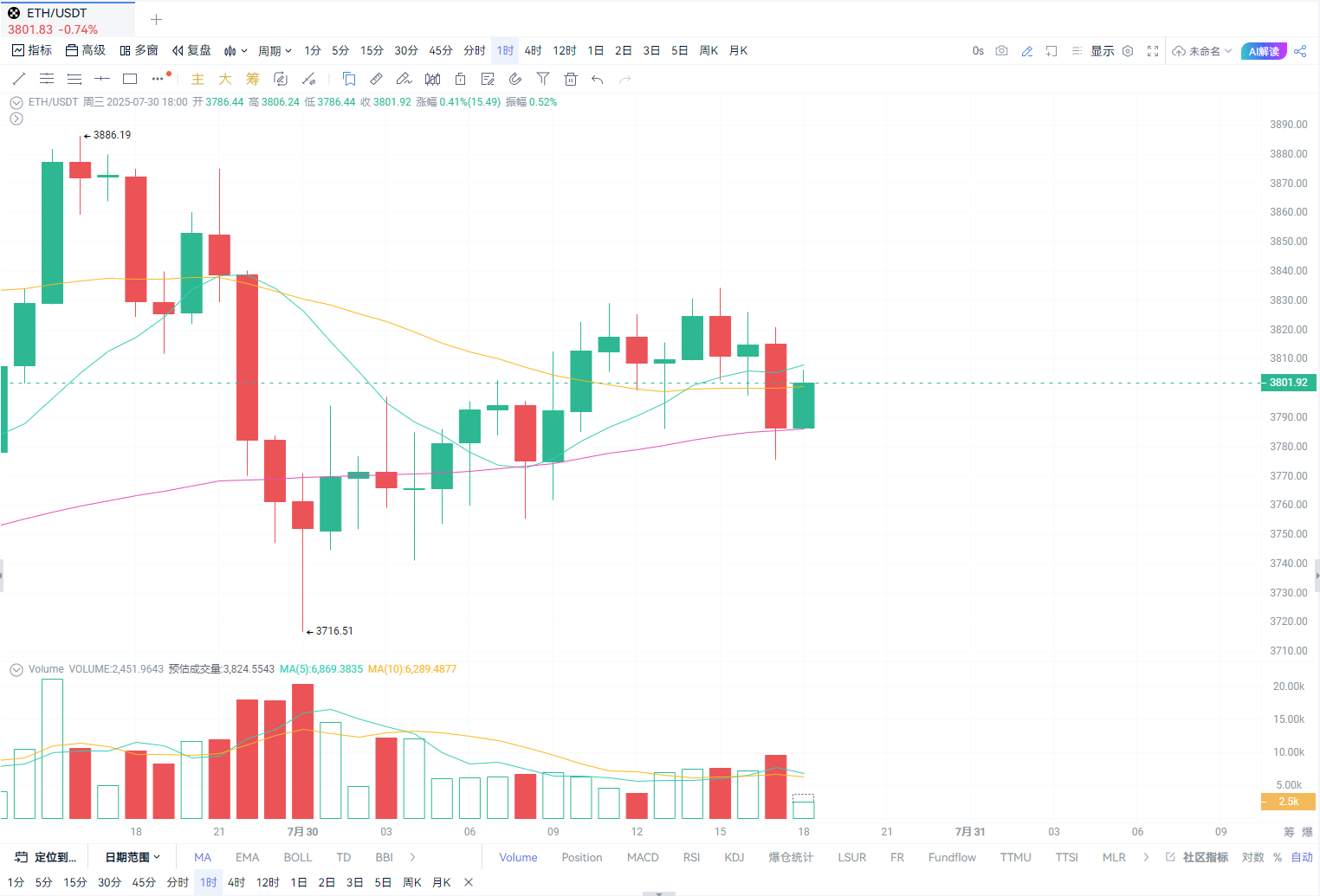On July 30, 2025, Ethereum will celebrate the tenth anniversary of its mainnet launch. From the birth of its genesis block in 2015 to becoming the world's second-largest blockchain network today, Ethereum has profoundly changed the application boundaries of blockchain technology with its Turing-complete smart contract functionality, igniting waves of Initial Coin Offerings (ICO), Decentralized Finance (DeFi), Non-Fungible Tokens (NFT), and impacting various fields such as finance, art, and governance. However, alongside its glorious achievements, it faces ongoing challenges such as scalability bottlenecks, high gas fees, and security incidents.
Pioneers of Smart Contracts: A Decade of Ethereum's Foundation
Ethereum was proposed by Vitalik Buterin in 2013, launched through crowdfunding in 2014, and officially went live on the mainnet on July 30, 2015. Its core innovation lies in the introduction of the Ethereum Virtual Machine (EVM), a Turing-complete runtime environment that allows developers to write complex decentralized applications (DApps) through smart contracts. Unlike Bitcoin's simple payment scripts, Ethereum's smart contracts support dynamic logic processing, ushering in a new era of "programmable blockchain." According to a report from OKX Research Institute, as of the first half of 2025, Ethereum adds approximately 350,000 new wallets weekly, with the number of wallets participating in on-chain governance voting reaching a record of 6.1 million in the first quarter, demonstrating the active ecosystem and continuous expansion of its user base.
Ethereum's smart contracts have spawned multiple disruptive application scenarios. The ICO boom from 2016 to 2018 is one of the earliest examples, where projects raised funds by issuing tokens, with total amounts exceeding $20 billion at one point. Although the ICO boom receded due to tightening regulations and varying project quality, it accumulated early ecological resources for Ethereum. Subsequently, DeFi began to emerge in 2019, with 2020 being defined as the "Year of DeFi," where the locked value surged to over $2 billion. Today, the total value locked (TVL) in DeFi protocols has surpassed $150 billion, with over 90% operating on the Ethereum network. The rise of NFTs further expanded Ethereum's application boundaries, from digital art to virtual real estate, with the NFT market reaching a trading volume of $25 billion in 2021 and maintaining strong growth in 2025.

Ethereum's success is inseparable from its technical vision. On September 15, 2022, Ethereum completed "The Merge," transitioning from Proof of Work (PoW) to Proof of Stake (PoS), significantly reducing energy consumption and enhancing sustainability. As of July 2025, Ethereum's staking rate is close to 28%, with over 32 million ETH locked, enhancing network security and decentralization. Additionally, the popularity of Layer 2 (L2) scaling solutions like Optimism and Arbitrum has significantly reduced transaction costs, with L2 transaction volume accounting for over 60% of Ethereum's total transaction volume in the first quarter of 2025.
Challenges Behind Achievements: Scalability Bottlenecks and Gas Fee Pain
Despite Ethereum's tremendous success in technology and ecology, its development journey has not been smooth sailing. Scalability bottlenecks are one of the core issues it faces. The throughput of Ethereum's mainnet is limited to about 25 transactions per second, far below the tens of thousands of TPS of traditional payment systems like Visa. In the early days, the surge in on-chain transactions led to skyrocketing gas fees, which not only limited participation from ordinary users but also deterred developers. To address scalability issues, the Ethereum community proposed multi-layered solutions. Layer 2 technologies (such as Rollup) enhance throughput and reduce costs by moving computation and storage off-chain, only recording the state root on the main chain. Furthermore, the Dencun upgrade in 2024 introduced "Data Sharding," optimizing data availability through EIP-4844 (Proto-Danksharding) and further lowering L2 transaction costs. Nevertheless, the fragmentation issue of Layer 2 still exists, and interoperability and user experience among different L2 solutions need improvement.
The Shadow of Security Incidents: Vulnerabilities of Smart Contracts
While Ethereum's smart contracts provide infinite possibilities for blockchain, they also bring security risks. Due to the immutability of smart contracts, once code vulnerabilities are exploited, the cost of fixing them is extremely high. The 2016 DAO incident is the most famous case, where hackers exploited a recursive call vulnerability in the smart contract to steal approximately $60 million worth of ETH, leading to a hard fork in the Ethereum community. In 2021, the DeFi project BELT was hacked due to a code vulnerability, resulting in losses exceeding $50 million.
Future Outlook: Ethereum's Global Value Network
Ethereum's positioning has shifted from a "world computer" to a "global value settlement network." The network effects of its ecosystem are increasingly solidified by the promotion of DeFi, NFTs, and Layer 2. Market predictions suggest that if L2 development and market adoption continue to accelerate, Ethereum's price could surpass $7,000 in 2025 (currently reported at $3,799, with a historical high of $4,871). Additionally, improvements in the regulatory environment pave the way for institutional adoption of Ethereum. The approval of Ethereum spot ETFs in the U.S. in 2024 attracted over $1.85 billion in inflows, demonstrating institutional confidence in Ethereum.
This article is for informational sharing only and does not constitute any investment advice for anyone.
Join our community to discuss this event
Official Telegram community: t.me/aicoincn
Chat room: Wealth Group
免责声明:本文章仅代表作者个人观点,不代表本平台的立场和观点。本文章仅供信息分享,不构成对任何人的任何投资建议。用户与作者之间的任何争议,与本平台无关。如网页中刊载的文章或图片涉及侵权,请提供相关的权利证明和身份证明发送邮件到support@aicoin.com,本平台相关工作人员将会进行核查。




